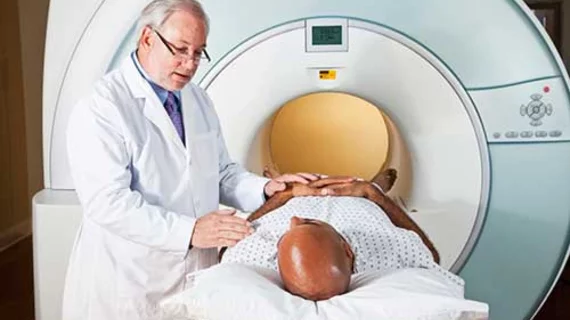What is the radiologist's role in variations of prostate cancer detection?
Radiologists' contributions to variations in detecting clinically significant prostate cancer are not significant, according to a new analysis.
JACR published the work online Oct. 13. For the study, experts reviewed the cases of more than 900 men with elevated PSA levels who had undergone multi-parametric prostate MRI (mpMRI) within six months (before or after) of biopsy and/or prostatectomy [1].
“Since their release, PI-RADS v2.0 and v2.1 have been the subject of numerous interreader variability studies showing moderate reproducibility in assessing prostate cancer lesions. Other studies have focused on in-practice variation between radiologists, with two concluding that cancer detection rates differ between radiologists, while another did not,” corresponding author Kristine Burk, MD, of Brigham and Women’s Hospital in Boston and colleagues explained.
The authors added that prior studies focused on radiologist performance rather than patient outcomes, leaving the topic of variable diagnoses and what factors impact them—race, ethnicity, age, biopsy type, radiologist experience level, etc.—open for debate.
To better understand what accounts for diagnosis variations within a multidisciplinary prostate cancer program, researchers gathered several years’ worth of data from an academic, National Cancer Institute-designated Comprehensive Cancer Center. This included 960 prostate MRIs from 928 men with an average age of 64. Clinically significant prostate cancer was detected in 59.8% of patients.
The experts found that variations were not specific to individual clinicians. Radiologists’ interpretations did not contribute to the variations significantly, but rather the researchers found that PSA density, private insurance and unambiguous extra-prostatic extension on mpMRI were each independently associated with clinically significant prostate cancer. PI-RADS 3 assessment and race were not found to be contributing factors.
To learn more about the study’s findings, click here.

